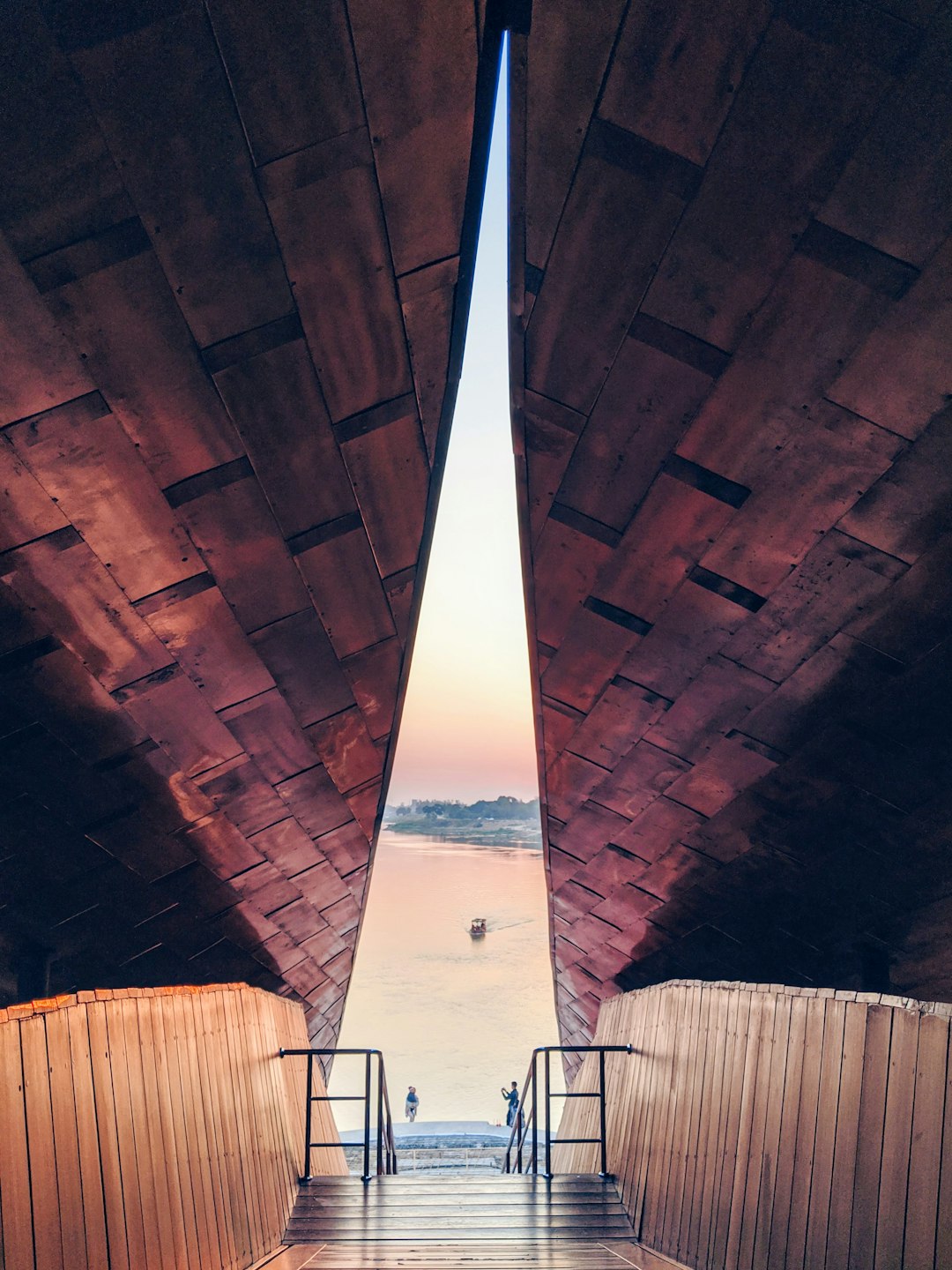Technology has revolutionized every aspect of our lives, and the art world is no exception. From the way art is created and consumed to how it is shared and preserved, technology has had a profound impact on the art world. In this blog post, we will explore the various ways in which technology has changed the art world and examine the implications of these changes.
One of the most significant ways in which technology has impacted the art world is in the creation of art itself. Digital tools and software have provided artists with new mediums to explore and experiment with. Digital art, such as computer-generated images, animations, and interactive installations, have become increasingly popular among artists and audiences alike. Artists can now create intricate works of art using tools that were once unimaginable, pushing the boundaries of traditional art forms.
Technology has also changed the way art is consumed and experienced. The internet has made it easier than ever for people to discover and engage with art from all over the world. Online art galleries and virtual exhibitions have made it possible for artists to reach a global audience without the need for physical galleries or exhibitions. Social media platforms like Instagram and Pinterest have become powerful tools for artists to showcase their work and connect with potential buyers and collectors. These platforms have also allowed art enthusiasts to discover and engage with a wide range of art from the comfort of their own homes.
The rise of technology has also had a significant impact on the art market. Online marketplaces and auction houses have made it easier for artists to sell their work and for collectors to purchase art from anywhere in the world. The use of blockchain technology has also revolutionized the way art is bought and sold, providing a secure and transparent way to verify the authenticity of artworks and track their provenance.
Technology has also transformed the way art is preserved and archived. Digital archives and online databases have made it possible for art historians and researchers to access a vast collection of art from different time periods and cultures. This has allowed for a more comprehensive understanding of art history and has enabled artists to draw inspiration from a wider range of sources.
Despite the many benefits of technology in the art world, there are also some challenges and concerns that have emerged. The digitalization of art has raised questions about the authenticity and value of digital artworks. Without physical objects to authenticate, digital artworks can be easily replicated and distributed, potentially diminishing their value and uniqueness. There are also concerns about the impact of technology on traditional art forms and techniques. As more artists turn to digital tools and software, there is a fear that traditional art forms may be lost or forgotten.
In conclusion, the impact of technology on the art world has been profound and far-reaching. From the way art is created and consumed to how it is shared and preserved, technology has fundamentally changed the way we engage with art. While there are challenges and concerns that come with these changes, the benefits of technology in the art world are undeniable. As technology continues to evolve, it will be exciting to see how artists continue to push the boundaries of traditional art forms and explore new mediums and techniques.

